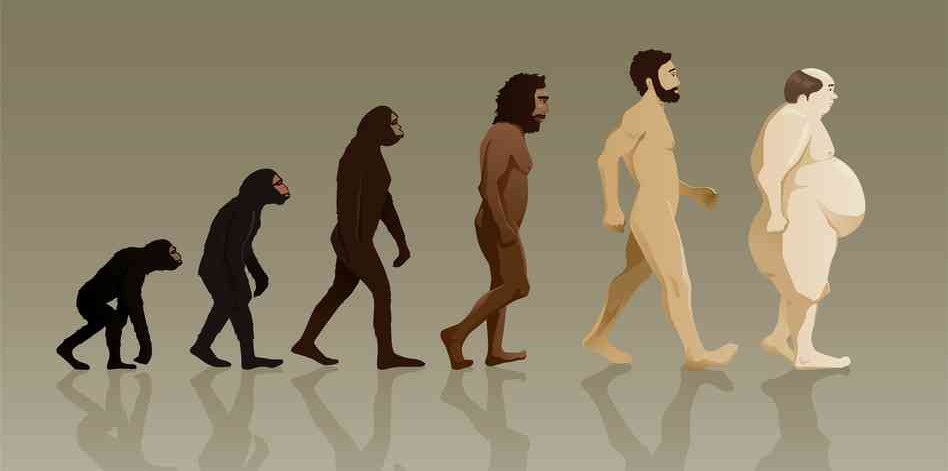Adaptationism refers to the view of natural selection being the main drive or cause to explain for any biological evolutionary (Forber & Orzack, 2012). Natural selection refers to the process where a heritable biological trait becomes more common or less common due to its advantage or disadvantage. What this means, is that a biological trait slowly become biologically innate in the genetics that is slowly changing through the future generations. (Natural Selection, n.d) One example would be the skin of a human foot. As humans evolved to walk more the skin of the ball of the foot becomes harder (to withstand pressure) over the next generations as natural selection occurs.
Similarly, natural selection takes place for communication and language to evolve. Earlier on, we have talked about the evolution of the brain and how it generates and stimulate the cognitive function to communicate; earliest forms being grunts and gestures (See section on Increase in Brain Size). This need to communicate led to those grunts and gestures to slowly evolve into more meaningful and effective way to communicate which is through voicing. This advantage would then lead to the evolution of the vocal tract.
Images from http://pubpages.unh.edu/~jel/images/vocal_tract_chimp.gif
From the above image we are able to see the difference of the vocal tract of the primates which our earlier ancestors share a similar tract with and the vocal tract of the human tract. The difference is the position of the larynx that consists of the vocal cords which is the instrument of producing sounds. The position of the larynx is while in the human larynx is higher resulting in a two-tube vocal tract that enable to voice more sounds as it goes beyond normal lung volume for normal breathing and this exquisite control of lung volume passing through attributes to long fluent sentences by human beings (Ghanzafar & Rendall, 2008). However, there is an advantage of having a high larynx position as apes are able to eat and breathe at the same time while normal human adults cannot as the lower larynx results in pathways to the lungs and stomach to intersect making the risk of choking higher. Nevertheless, natural selection dictates that having the ability to speak and communicate is more advantageous resulting in the biological evolution of the vocal tract and thus evolving language.
Another view called the exaptationist account offers a different explanation than natural selection. The explanation is that some biological trait or features were initially used for a specific reason but over the course of generation has evolved and co-opted to be used for other reasons too (Exaptation, n.d). MacNielage (2008) stated that a lot of the parts of the vocal systems were initially used for different specific parts but they evolve to work together in producing speech over the years.
Whatever views that one accounts for the evolution of the vocal tract, there is no doubt that the evolution of speech and language itself stemmed from the biological evolution of the vocal tract to be able to produce extensive amounts and varieties which would later on be used as a communication system.

